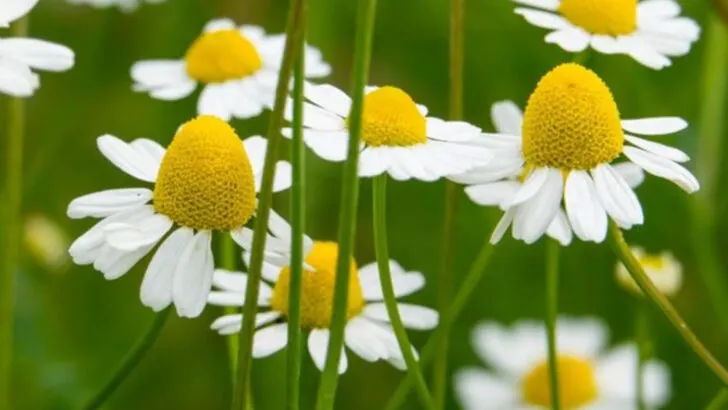When medicine was scarce—and often hundreds of miles away—frontier doctors had to rely on the land around them. In the American frontier, there were no pharmacies on the next corner, no antibiotics in the cabinet, and no hospitals within reach. In emergencies, survival depended on plants that could soothe pain, fight infection, and support healing—often with nothing more than a knife, a kettle, and centuries of folk knowledge.
These rugged physicians, often self-taught or trained in Europe’s oldest medical traditions, turned to native herbs, roots, and wild remedies when faced with injury, childbirth, fever, or chronic illness. Some of these plants were borrowed from Native American practices, others brought over in seed form from Europe. But all of them had one thing in common: they worked when there was no other option.
Today, modern science is beginning to catch up with what frontier medicine already knew. Many of these once-forgotten plants are now being studied for their anti-inflammatory, antiseptic, and immune-boosting properties. Whether you’re curious about natural remedies or building a more resilient home garden, these 16 plants show how nature was—and still is—the first pharmacy.
Echinacea
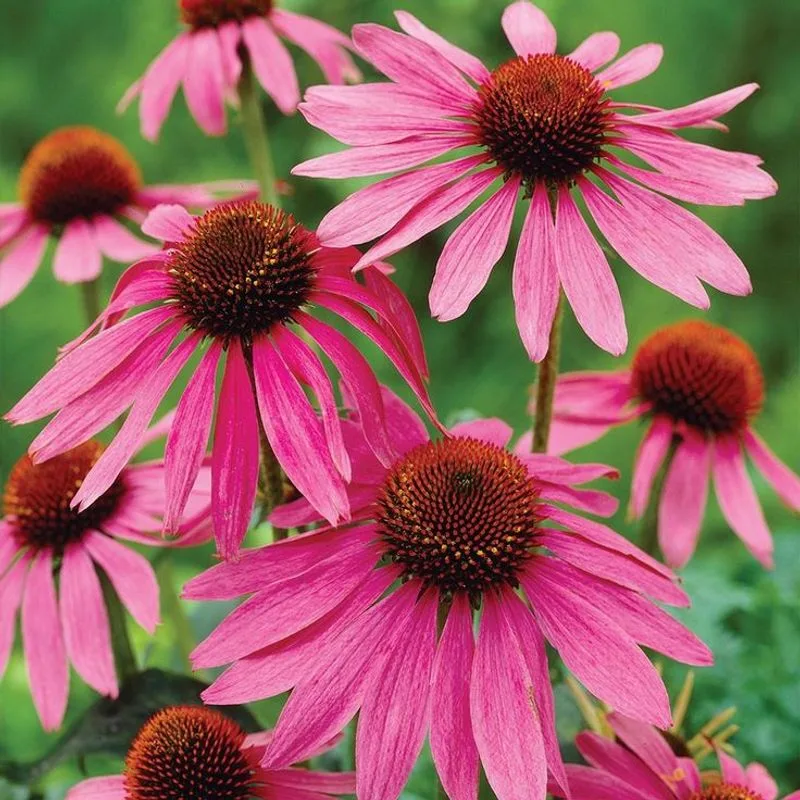
Echinacea, often recognized by its striking purple petals, was a staple in the frontier doctor’s medicine bag. Known for its immune-boosting properties, it was used to treat infections and wounds. Imagine a rugged landscape where this flower thrived, offering its healing powers to those in need. Frontier doctors would prepare teas and poultices, harnessing the plant’s natural ability to fight off ailments. Its vibrant appearance was more than just beauty; it was a beacon of health. For those living on the edge of civilization, Echinacea was a lifeline when modern medicine was out of reach.
Yarrow
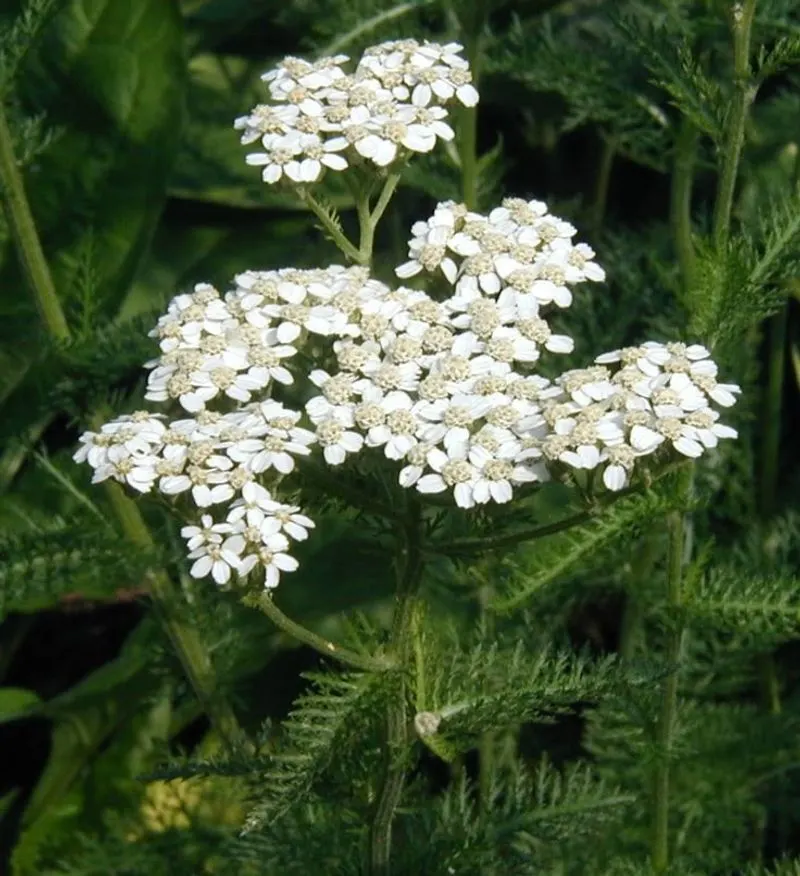
Yarrow, with its feathery leaves and clusters of white flowers, was a frontier doctor’s ally for stopping bleeding. Its astringent properties made it invaluable for treating wounds. Imagine the calm assurance it provided to those far from medical aid, its benefits handed down through generations. Applied directly to cuts or brewed into a soothing tea, this plant’s versatility was unmatched. Passed down from Native American traditions, Yarrow’s role in healing was deeply respected. In the harsh and wild frontiers, finding a patch of Yarrow was like discovering a natural first-aid kit.
Willow Bark
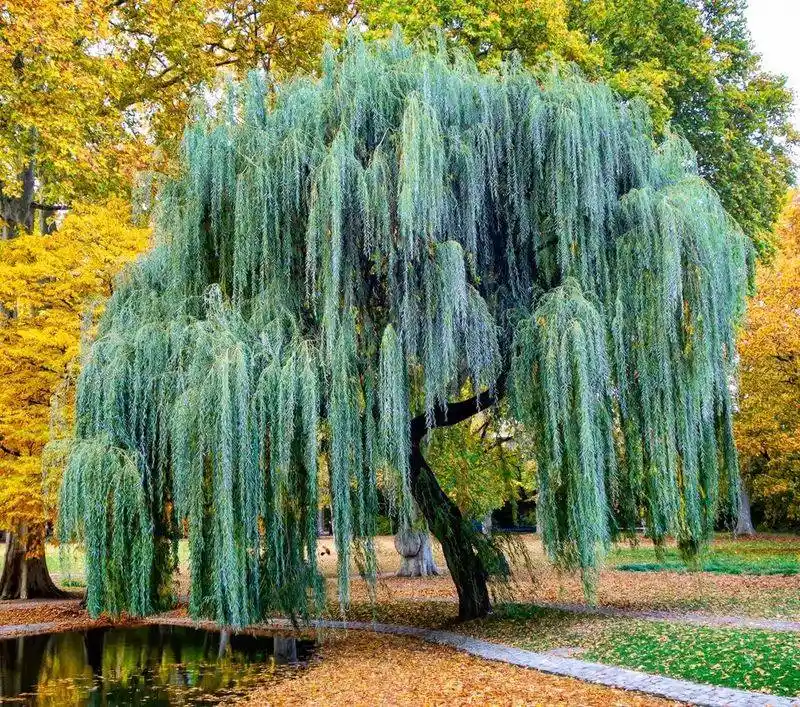
The bark of the willow tree was an ancient remedy, known for its pain-relieving properties. Frontier doctors would strip this bark to brew a tea, soothing aches and fevers. Picture a time when aspirin was unheard of, yet relief was found in the natural compounds of willow bark. This simple yet effective solution was a testament to the resourcefulness of earlier healers. In a world without modern pharmaceuticals, the willow’s gentle sway by the water was a reminder of nature’s pharmacy. A reliable ally against pain, offering comfort in a cup.
Comfrey
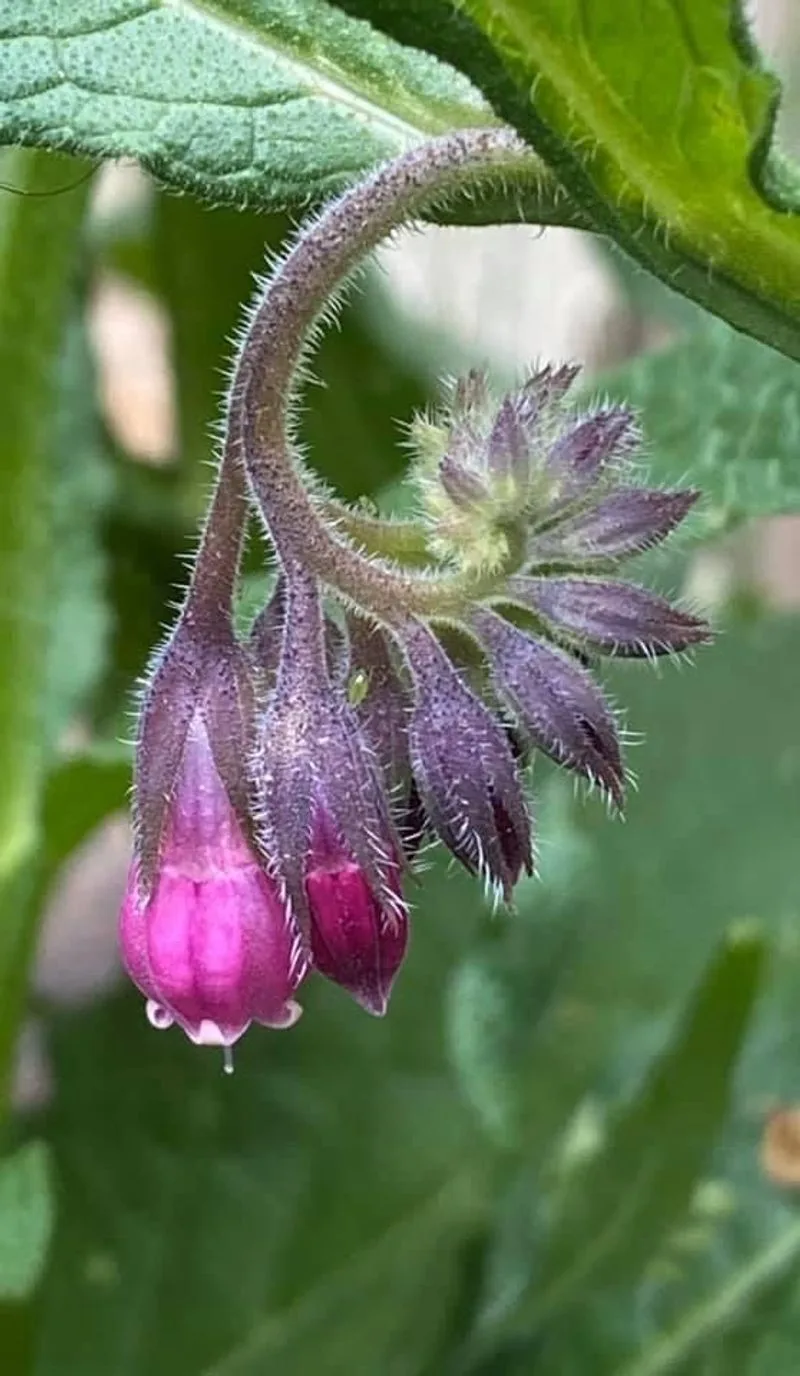
Comfrey, with its large leaves and bell-shaped flowers, was a frontier favorite for healing broken bones. Its reputation as “bone knit” was well earned, providing a natural solution for injuries. Imagine the relief it brought to settlers, binding wounds and aiding recovery. Used in poultices or salves, Comfrey’s healing touch extended to bruises and sprains. In the days of hard labor and few medical supplies, this plant was a blessing. Its presence in a garden was a symbol of care and healing, an essential part of the frontier survival toolkit.
Dandelion

Dandelions, often seen as mere weeds today, were valued by frontier doctors for their detoxifying properties. Known for supporting liver health, these bright yellow flowers were more than just a pretty face. Picture settlers gathering these common plants, transforming them into teas and tinctures. In a world without refrigeration, dandelions offered a way to aid digestion and cleanse the body. Their ubiquitous presence made them an accessible remedy for many ailments. A symbol of resilience and adaptability, the dandelion’s role in frontier medicine was humble yet significant.
Elderberry
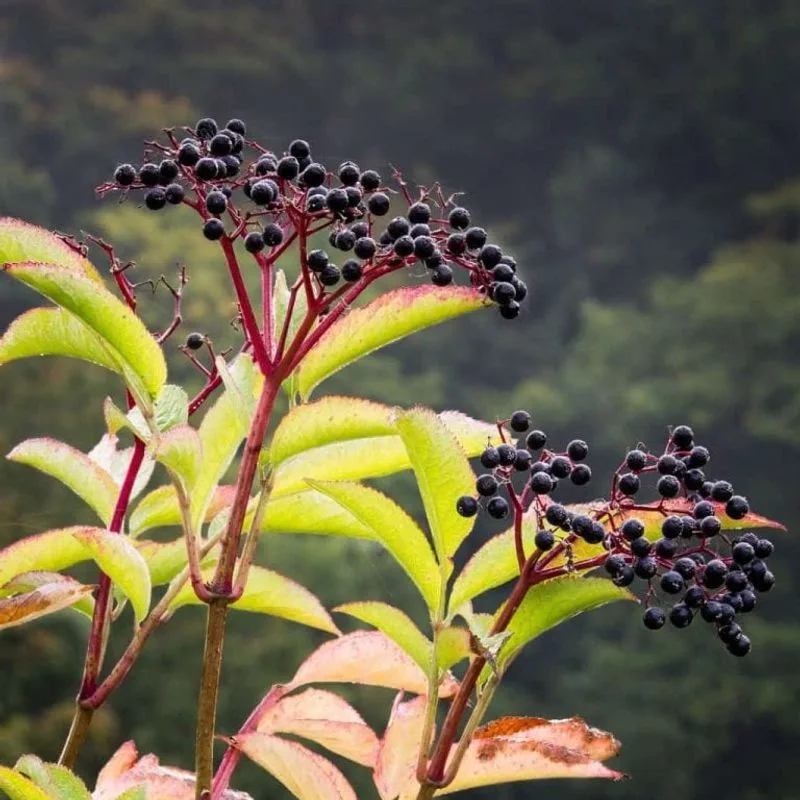
Elderberry bushes, with their rich dark berries, were a frontier doctor’s secret weapon against colds and flu. Imagine the comforting syrup brewed from these berries, providing relief during harsh winters. Known for their antiviral properties, elderberries were often used to stimulate the immune system. Settlers would gather these berries, making jams and jellies that were both delicious and medicinal. In the isolation of the frontier, elderberry’s double duty as food and medicine was invaluable. Its role in maintaining health was as robust as its sweet-tart flavor.
St. John’s Wort
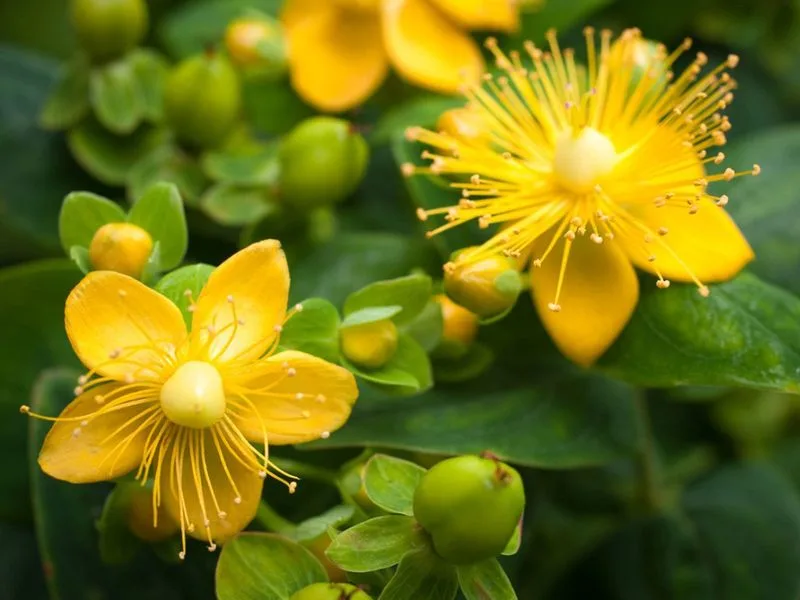
St. John’s Wort, with its cheerful yellow blooms, was known for treating depression and nerve pain. Frontier doctors valued it for its mood-lifting properties, a natural antidote to the isolation of frontier life. Picture the warm glow of these flowers, a beacon of hope and healing. Its use in teas and oil infusions brought comfort to weary spirits. In the rugged and often lonely landscapes, St. John’s Wort was more than a plant; it was a touchstone for mental health. A reminder of brighter days and the resilience of the human spirit.
Mint
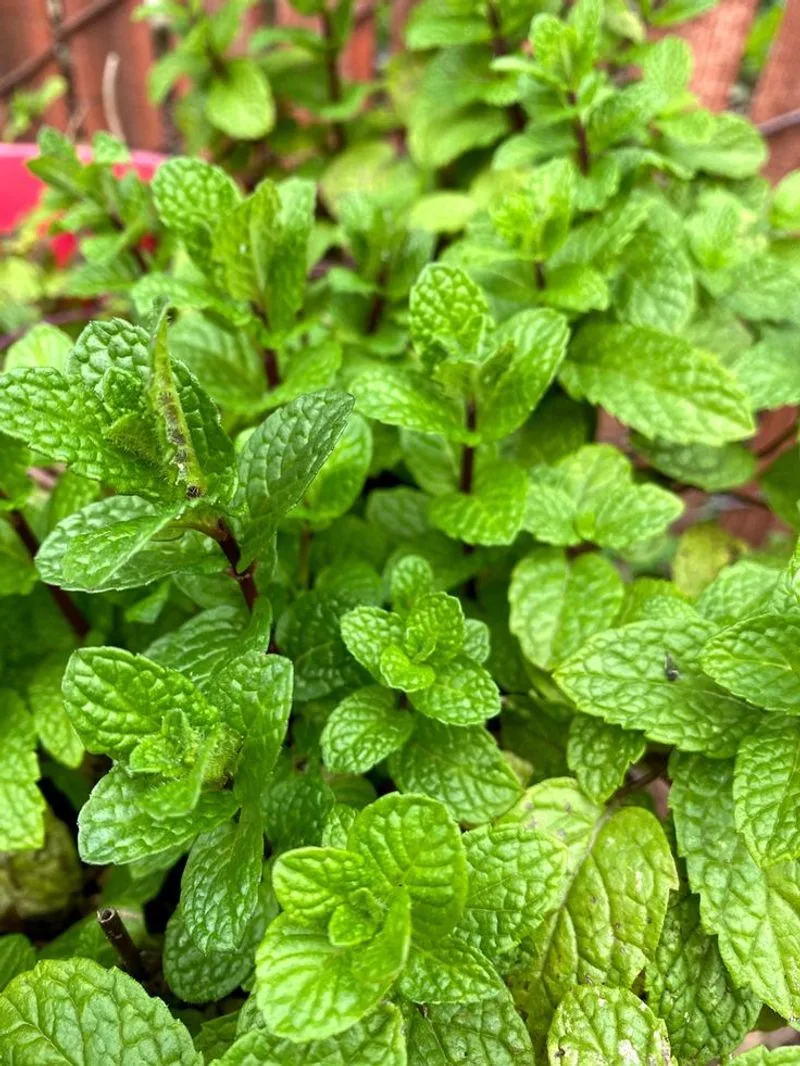
Mint, with its refreshing scent and taste, was a versatile ally in frontier medicine. Used to soothe digestive issues and freshen breath, its presence was both practical and pleasant. Imagine the cool relief of mint-infused water on a hot day, a simple luxury in a challenging environment. This plant’s adaptability made it a staple in many a frontier garden. Whether brewed in a calming tea or chewed for a quick pick-me-up, mint was a symbol of comfort and care. Its invigorating qualities were cherished by those carving out a life in untamed lands.
Lavender
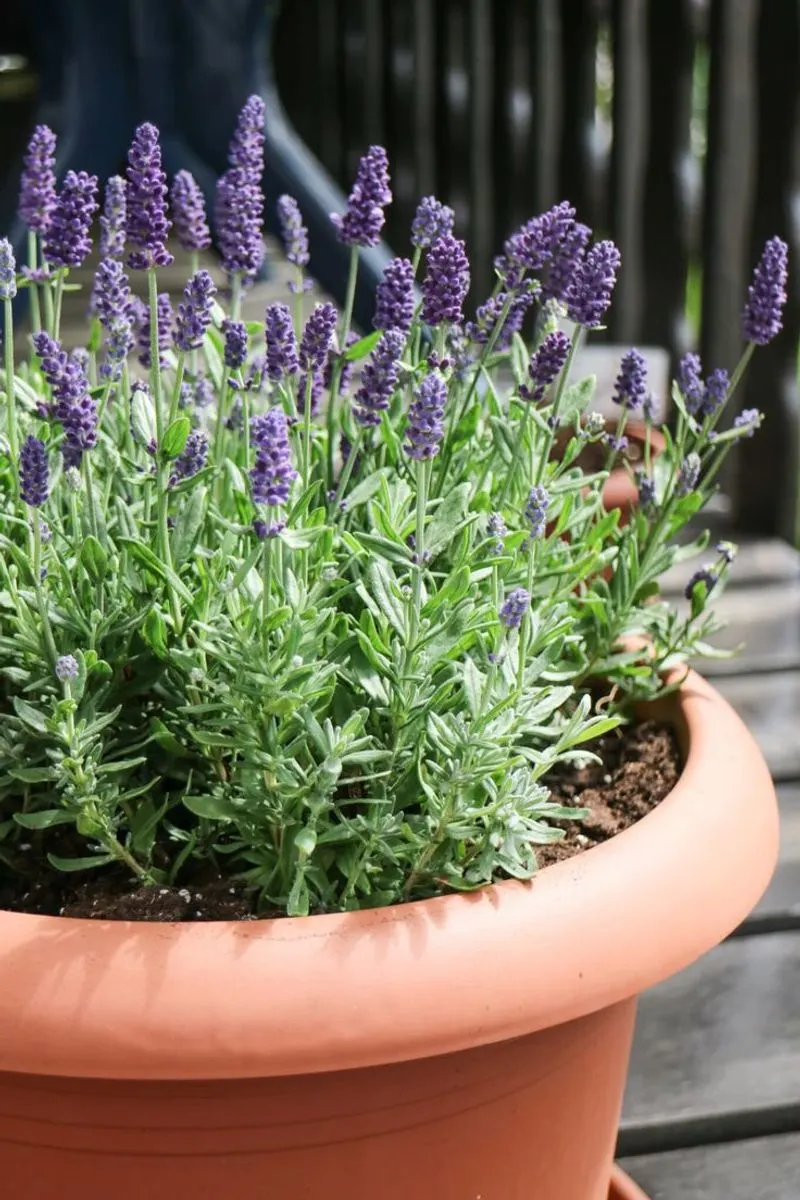
Lavender, known for its soothing fragrance, played a crucial role in calming nerves and aiding sleep. In the often stressful world of the frontier, its calming properties were a balm to restless minds. Imagine the gentle scent wafting through a cabin, a natural stress reliever. Used in sachets or infused oils, lavender brought moments of peace. Its beautiful purple blooms were not just for show; they were a practical part of home health care. For those living a rugged life, lavender was a fragrant reminder of tranquility and care.
Chamomile
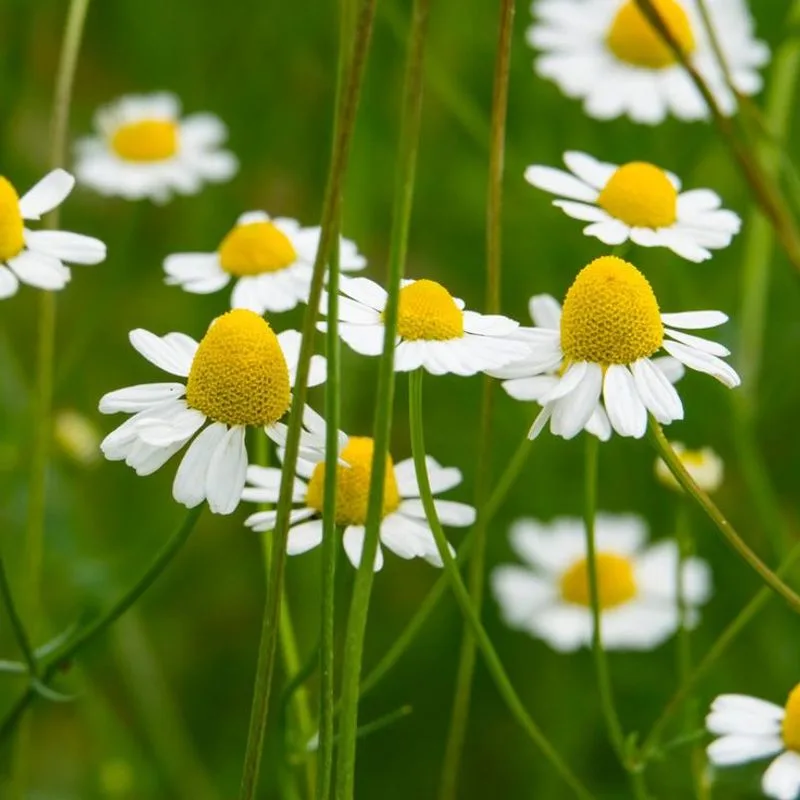
Chamomile, with its delicate flowers, was a frontier healer’s go-to for relaxation and digestive health. Known for its calming effects, this gentle plant offered more than just a pleasant tea. Picture the quiet comfort it provided, a moment of peace in a bustling day. Its anti-inflammatory properties were harnessed in many remedies, soothing the young and old alike. On the rough frontier, chamomile’s gentle touch was a cherished friend. Its role extended beyond medicine, symbolizing care and the simple pleasures of life.
Garlic
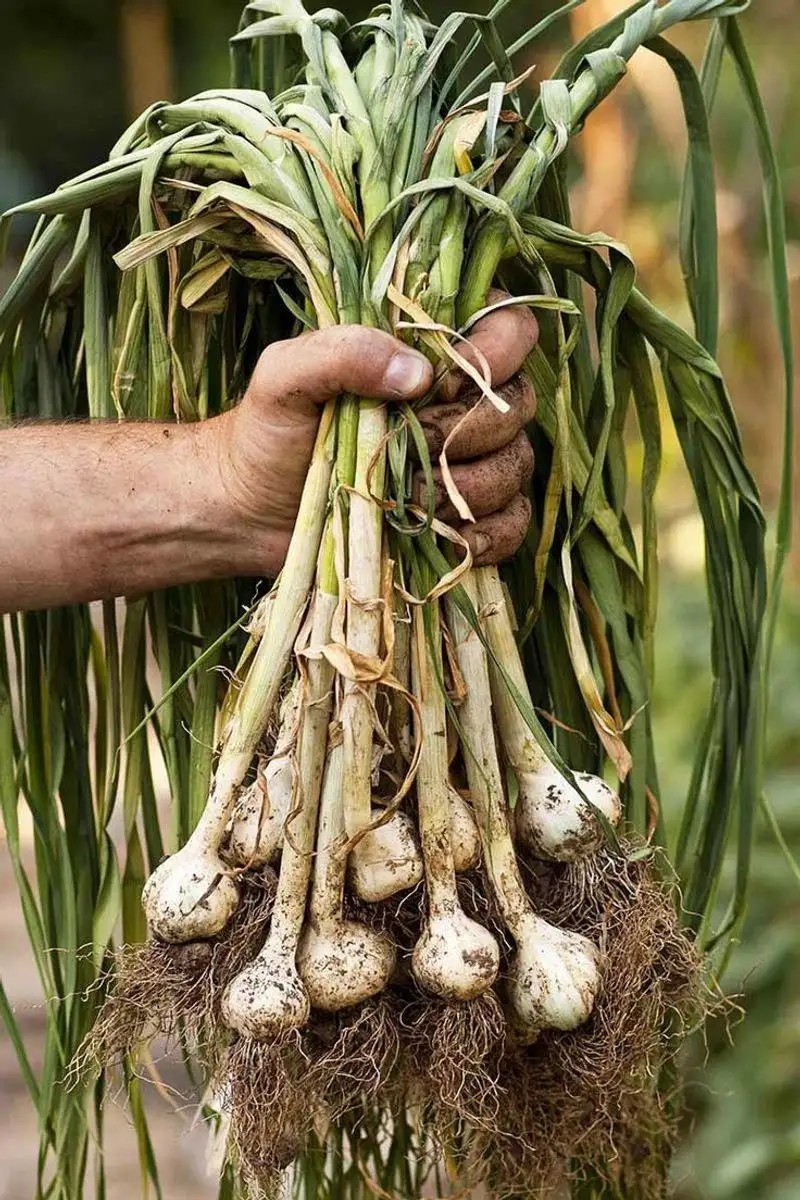
Garlic, often hailed as a natural antibiotic, was indispensable in frontier medicine. Its pungent aroma and powerful properties were harnessed to treat infections and boost health. Imagine the reassuring presence of garlic strings in a homestead, a fragrant promise of wellness. Used in poultices or consumed raw, it offered a robust defense against ailments. In an era without synthetic antibiotics, garlic’s role was both culinary and curative. This humble plant was a testament to the power of nature, a steadfast ally in the fight against illness.
Sage
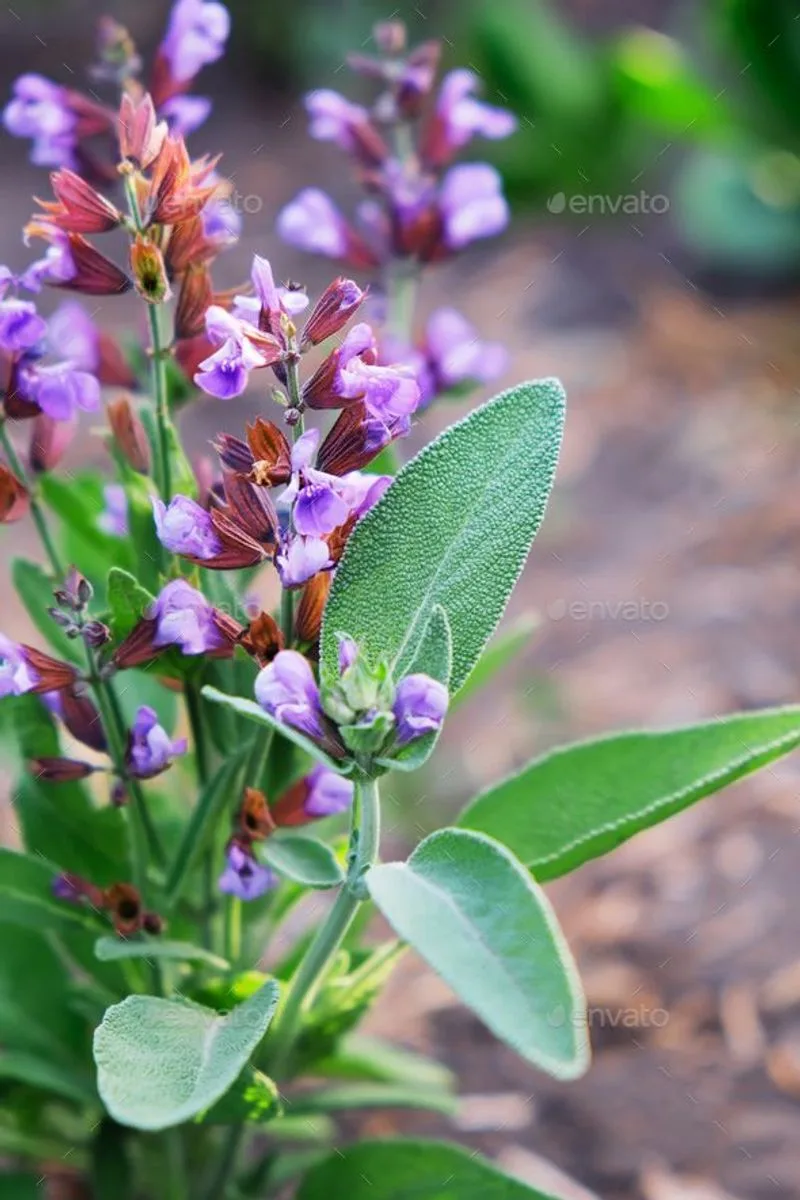
Sage, with its distinctive aroma, was trusted for its cleansing and soothing properties. Frontier doctors valued it for its ability to treat sore throats and improve digestion. Envision a kitchen filled with the earthy scent of sage, a natural remedy hanging among the herbs. Its versatility was unmatched, from teas to poultices, offering comfort on many levels. In a world where every resource counted, sage’s role in wellness was both practical and spiritual. Its presence symbolized wisdom and healing, a cherished part of the frontier landscape.
Thyme
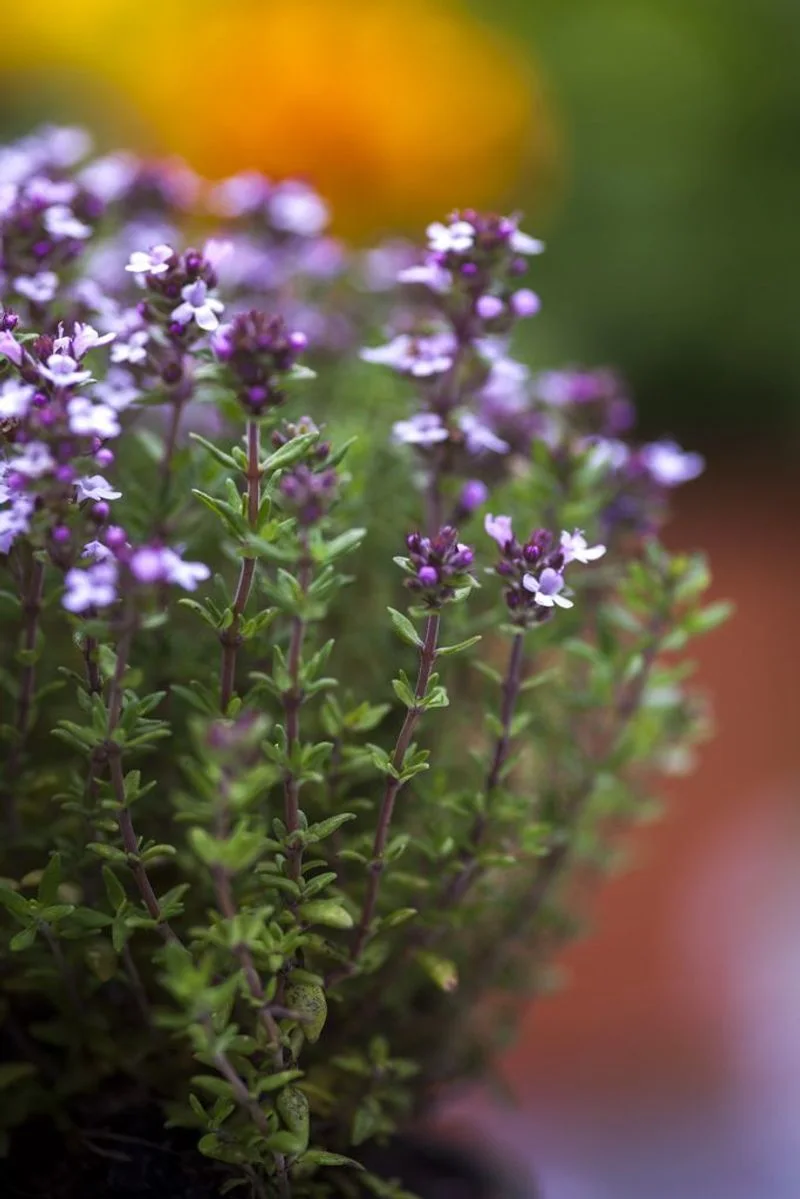
Thyme, with its tiny leaves and potent properties, was a frontier favorite for respiratory health. Known for its antiseptic qualities, it was used in steam inhalations and teas. Picture the gentle steam rising from a pot, infused with thyme’s healing essence. Its use was a practical solution to the colds and coughs that plagued settlers. In the raw frontier air, thyme was a small but mighty protector. Its role as a healer was as enduring as its robust flavor, a staple in both the kitchen and the medicine chest.
Calendula
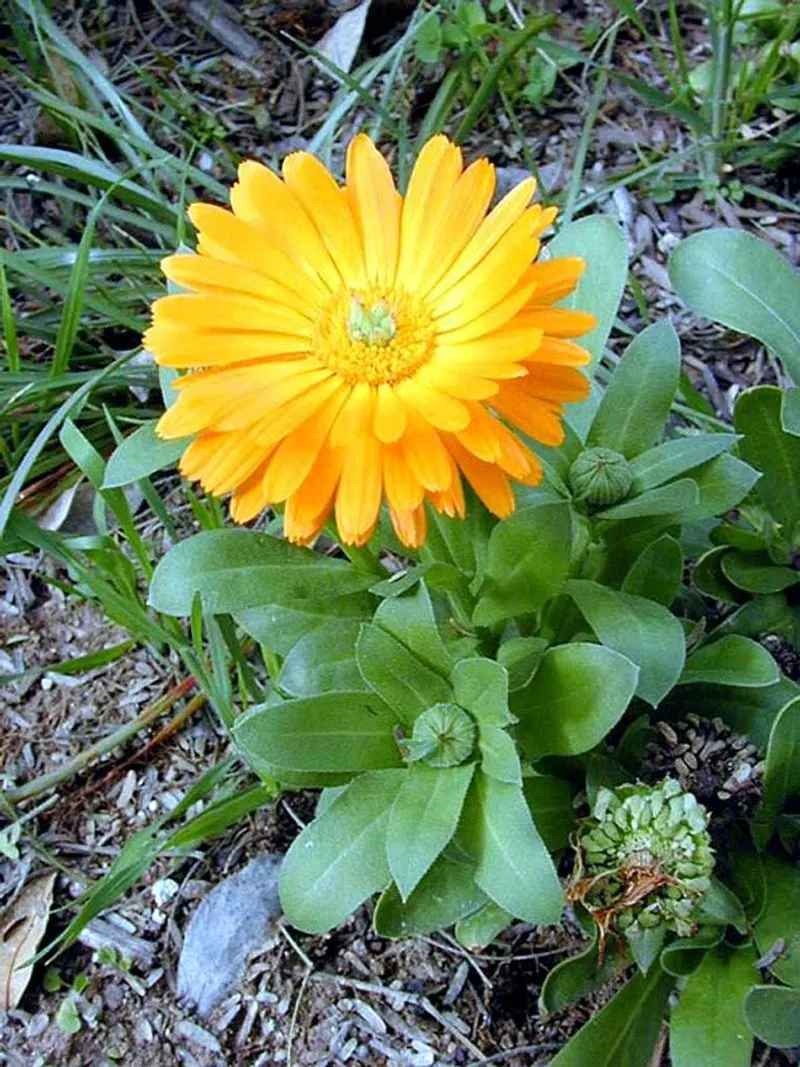
Calendula, with its vibrant orange blooms, was known for its skin-healing properties. Used to treat cuts, burns, and rashes, its effectiveness was celebrated by frontier doctors. Imagine a soothing salve made from calendula, a balm for both skin and spirit. Its bright color was a beacon of healing, a cheerful companion in times of need. In a world of rough hands and harsh elements, calendula’s gentle care was a welcome relief. This flower’s role in medicine was as much about comfort as it was about cure.
Aloe Vera
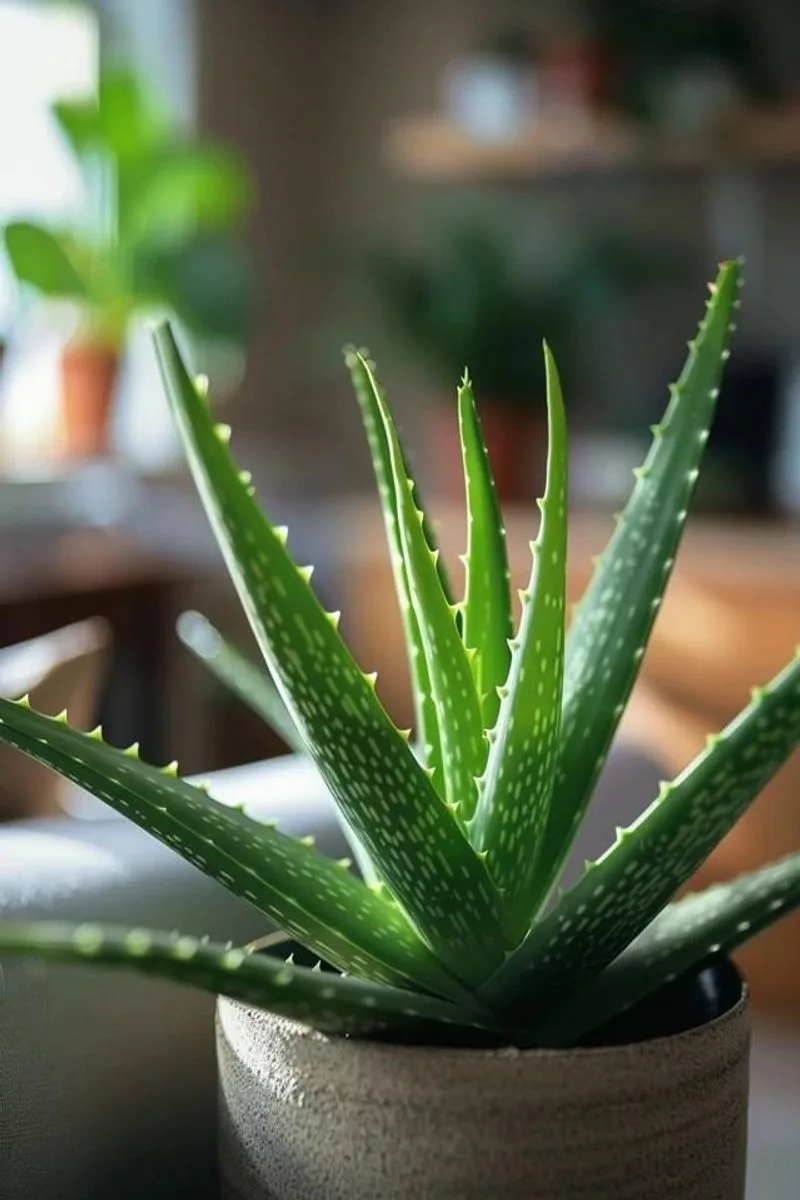
Aloe Vera, with its succulent leaves, was a frontier healer’s go-to for burns and skin irritations. This plant’s cooling gel offered relief from the harsh sun and kitchen mishaps. Imagine the soothing touch of aloe on a burned finger, a natural remedy that eased the sting. Its presence in a homestead was a testament to the wisdom of nature’s design. In the rugged world of the frontier, aloe’s ability to heal was as remarkable as its resilience. A symbol of survival and care, it was a staple in every healer’s repertoire.
Goldenseal
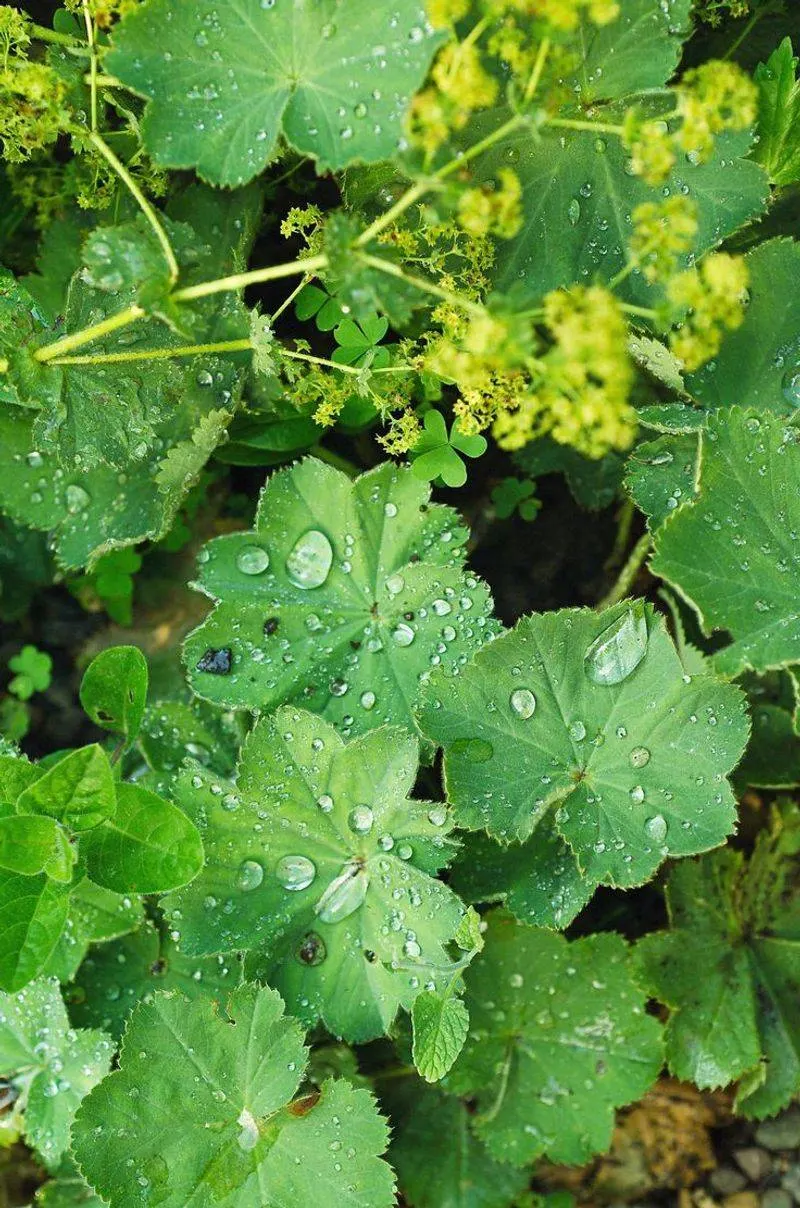
Goldenseal, with its yellow root, was prized for its antibacterial and anti-inflammatory properties. Frontier doctors turned to it for treating infections and digestive issues. Picture the confidence it brought, knowing that a powerful remedy was close at hand. Often used in tinctures and teas, goldenseal’s effectiveness was well-regarded. Its presence in the forest was a hidden treasure, an ally against unseen threats. In the wilderness, where every plant held potential, goldenseal was a golden find. Its role in healing was as profound as its name suggests.

